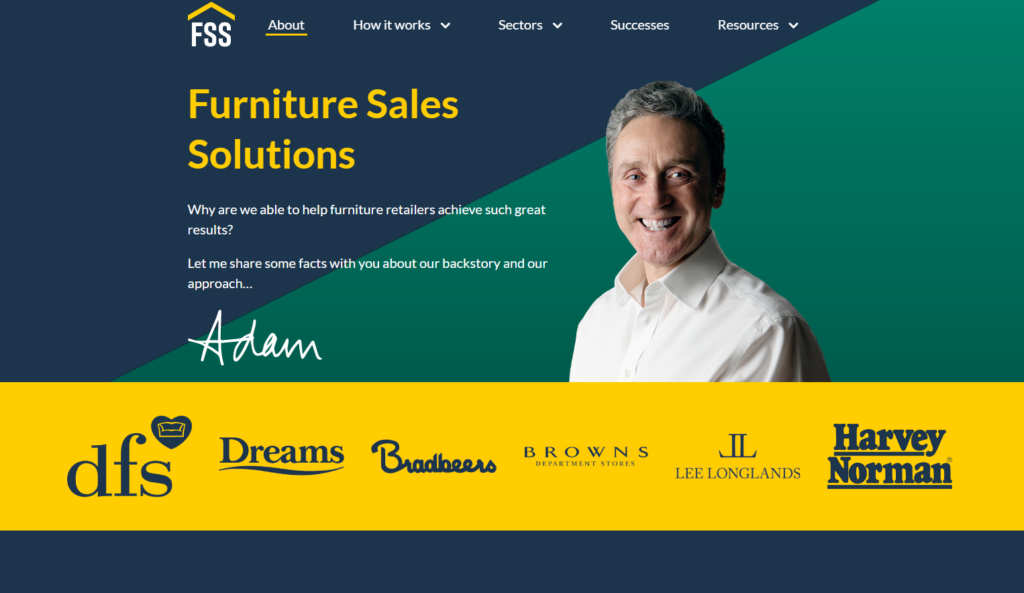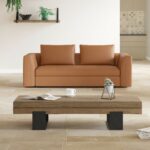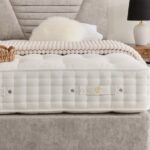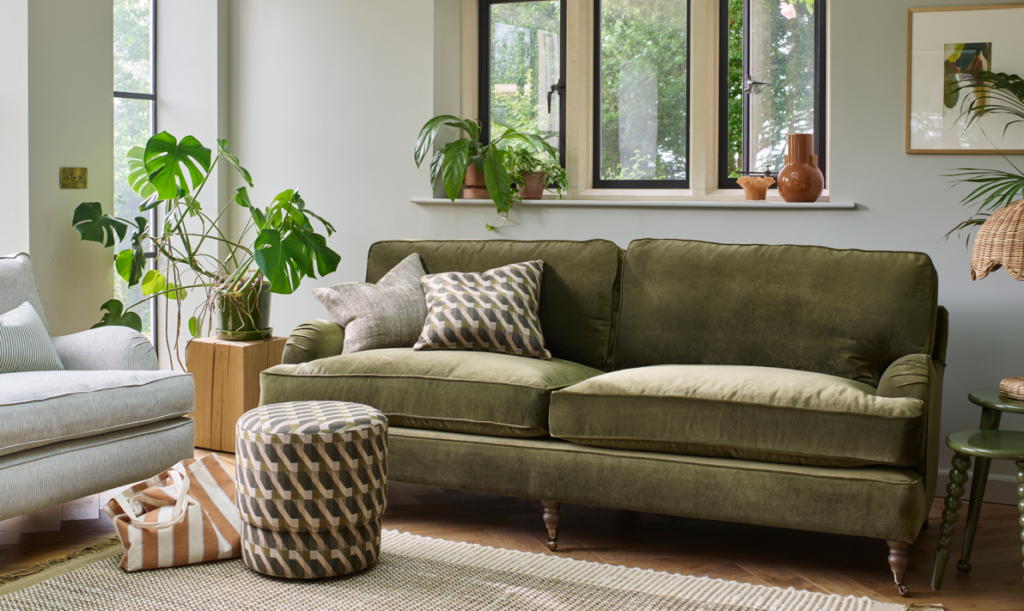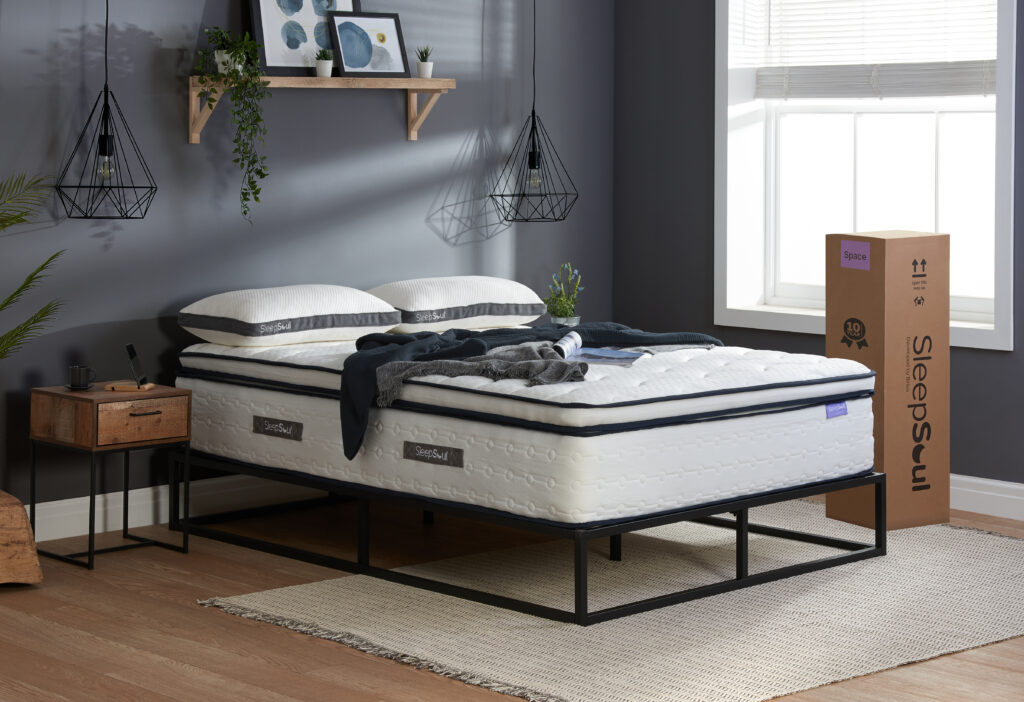Adam Hankinson, Managing Director at Furniture Sales Solutions, talks about information overload.

Too much information: Why more isn’t necessarily better when it comes to furniture sales
The difference between a great salesperson and a poor salesperson is similar to that of a great teacher and a poor teacher.
A great teacher takes the time to learn about their students and tailor their tone, delivery, and subject matter in a way that appeals to them. Whereas a poor teacher bowls straight into telling instead of teaching, delivering their lessons in a rigid format with no regard for how the students will receive them and, as a result, overwhelming everybody.
It’s similar when it comes to sales too.
It’s very tempting when you’ve had a recent manufacturer’s visit to just download all of those detailed facts and features you’ve just learned to every customer within earshot. It’s a natural instinct, it all sounded so interesting when the manufacturer described it to you yesterday.
However, all of this information could become a barrier to a sale. We should instead try to follow the path of the great teacher, by learning about each customer before delivering only the information that is relevant to them.
A useful question to start building a more detailed picture of the customer’s needs is “What are your must-haves?” or “What are the 3 most important things to you about this product?”.
To this, a customer might answer:
“We want it to be comfortable, we want an updated style, and we want a darker colour”
From one simple question, we’ve learned that their top priorities are comfort, style, and colour. Now we’re able to start to dig a little deeper:
“What exactly do you mean by comfort?”. They might need lumbar support, something that’s easier to get up out of, or that’s nice and deep to curl up on.
“What do you mean when you say an updated style?”. Their current sofa might be 10 or more years old and is beginning to look a bit dated.
“What particular darker colours did you have in mind?”. They might want a dark grey to hide any marks or stains.
To key is asking the right questions to uncover the customer’s unique requirements, narrowing the recommendations down further and further in your mind BEFORE utilising all of that product knowledge.
The more that we’re able to flesh out what it is exactly that the customer is looking for, the better our recommendations will be. A handful of choices is a lot more manageable than a showroom full of a hundred different styles, colours, and fabrics.
To begin with, try “What are your 3 must-haves?” and see what a difference it makes to your sales interactions today.


